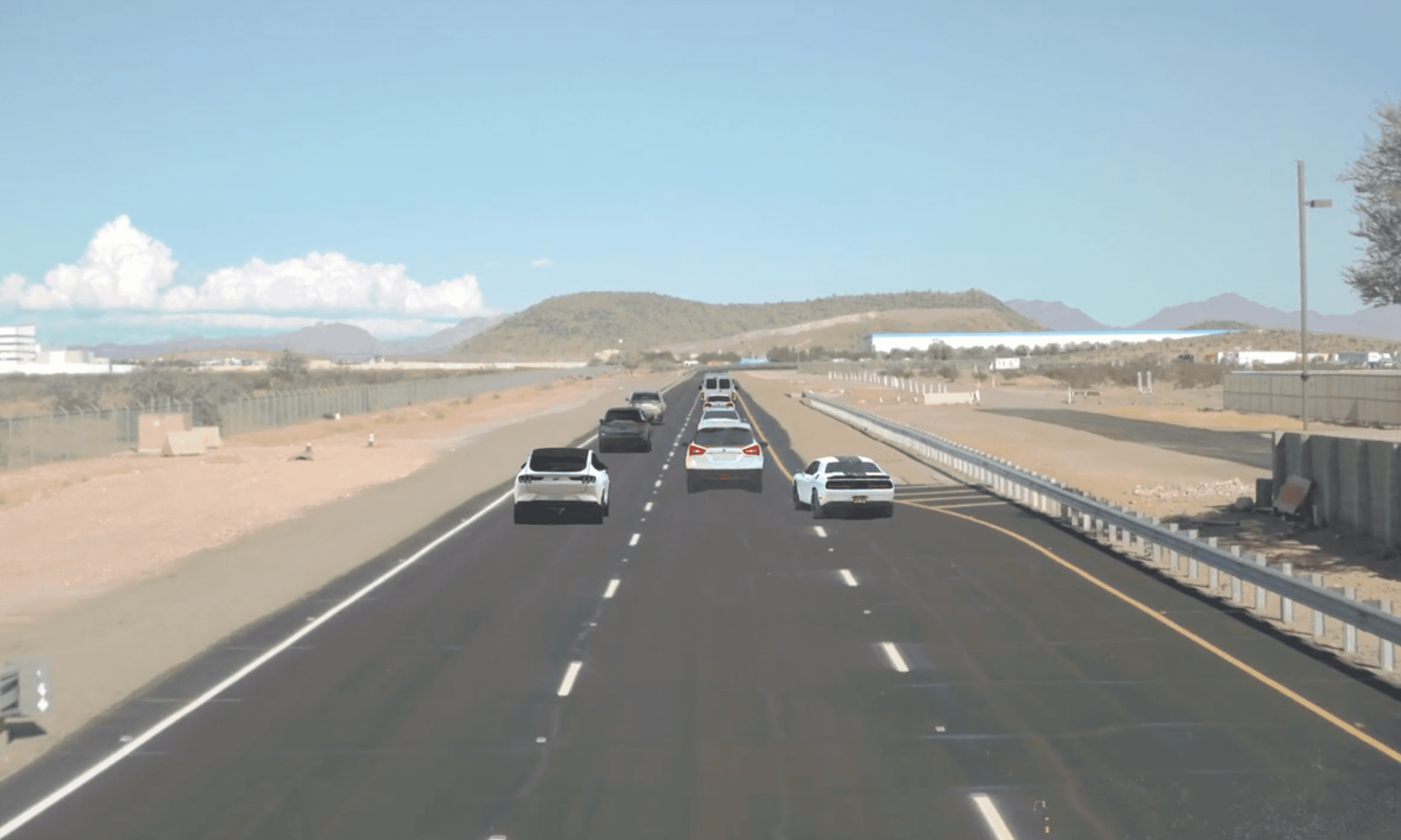
Waabi is pioneering Physical AI, starting with autonomous trucks.
Built to think.Born to haul.












We built our own road.
Instead of relying on slow, resource-intensive methods, we developed a next-generation approach leveraging an end-to-end interpretable and verifiable AI model that’s powered by the industry's most realistic neural simulator.


Physical AI for the real world.
We deliver a product that's faster, safer, more scalable, and efficient—unlocking the true potential of autonomous transportation.
Safe
The combination of advanced AI and neural simulation sets a new standard for the entire industry.
An interpretable and verifiable end-to-end AI model supports geographic expansion and seamless OEM integration across multiple vehicle platforms.
Direct delivery to customer facilities eliminates drayage fees and inefficient handoffs, while integrating seamlessly into existing operations.
Unlock rapid expansion into a diverse set of Physical AI use cases—from robotaxis and intelligent warehouse systems to advanced humanoid robots.

The technology behind Waabi.

Setting new standards for AV safety.
For us, safety isn't a box to check—it's a commitment we strengthen daily with a simulation-first approach, rigorous validation, and a culture where safety is everyone’s job.
Trusted by the best in the industry.
From hardware providers and OEMs to retailers, logistics providers and carriers, the best in the business count on Waabi to deliver real results.

Our partnership with Waabi represents the power of combining cutting-edge technology with a vast logistics network to drive meaningful industry impact. By advancing operational excellence and scaling real-world applications, this collaboration underscores our joint commitment to transforming autonomous freight.
Insights.
Explore technology deep dives, behind-the-scenes perspectives, and the ideas shaping the future of autonomy.


Waabi unlocks direct-to-customer model with surface street driving capabilities

Waabi and Volvo demonstrate the future of autonomous trucking at NVIDIA GTC

Waabi hires industry veteran, Lior Ron, as Chief Operating Officer

The ultimate driving test for AI: Mixed Reality Testing pushes the boundaries of AV safety

Join us at CVPR 2025

Simulator realism: The new safety standard for the AV industry

Waabi and Volvo Autonomous Solutions partner to jointly develop and deploy autonomous transportation solutions

The next frontier: Generative AI in the physical world
Build Physical AI with us.



